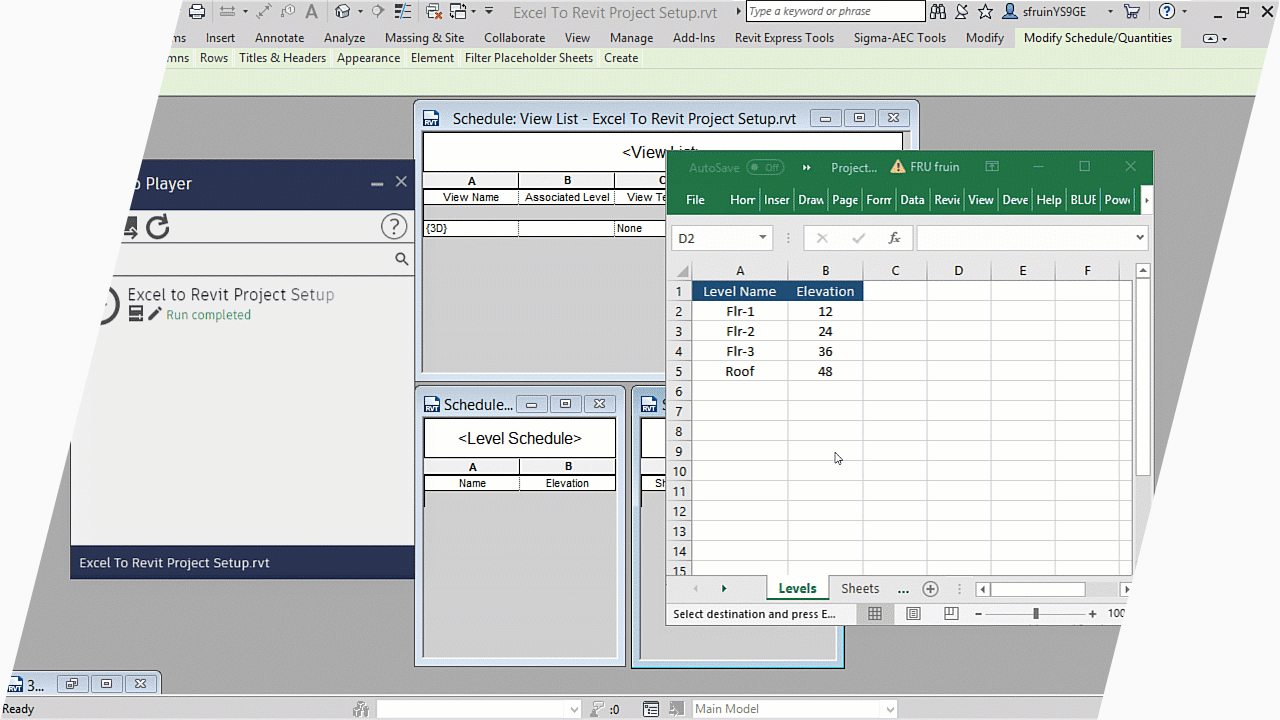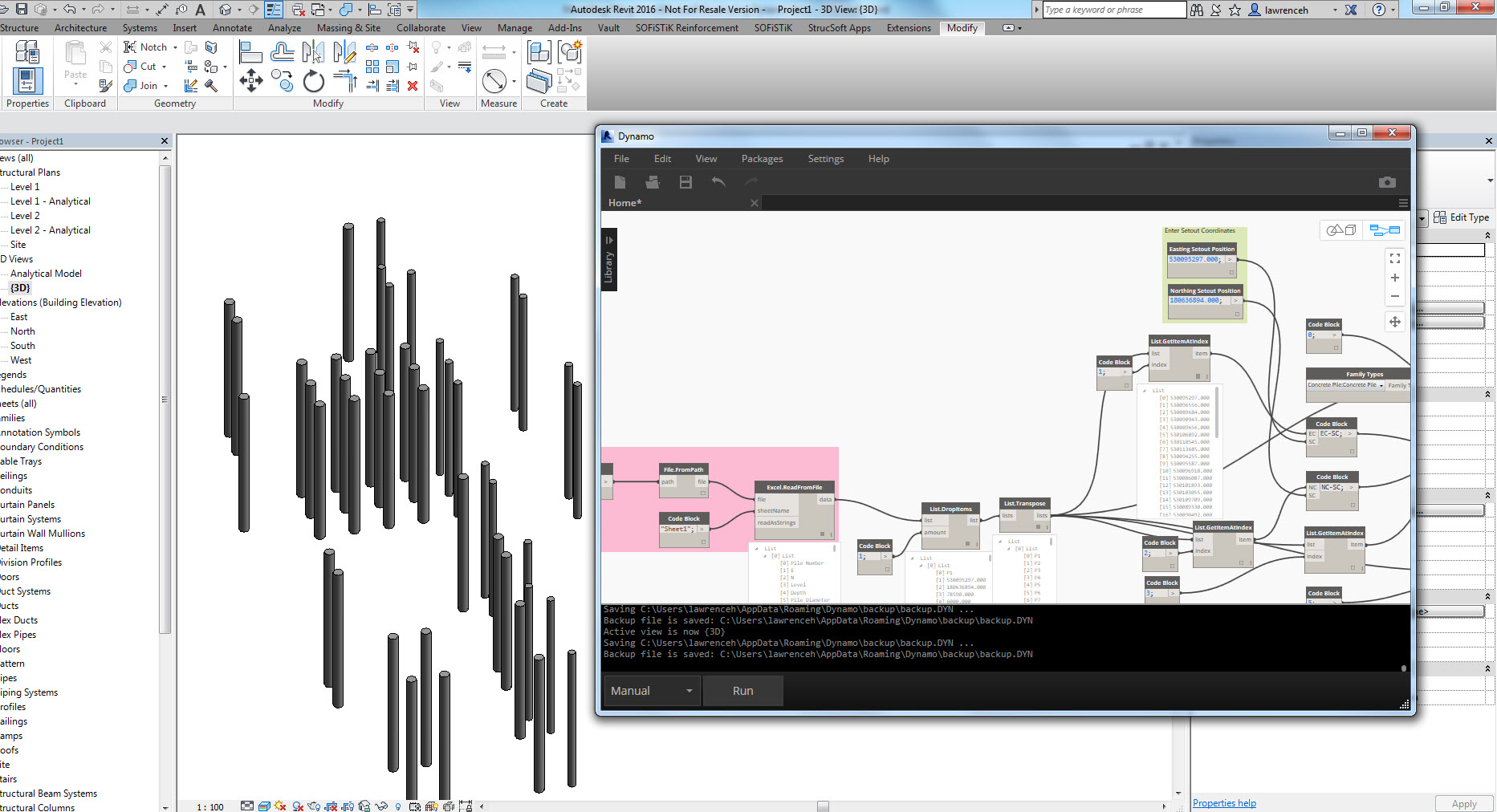Revit Tools for Every Job: Your Ultimate Layout Friend
Wiki Article
Revit Accelerator: Excel Integration Methods for Improving Performance and Collaboration
Are you looking to enhance your performance and cooperation while utilizing Revit? Look no more! In this post, we will discover the benefits of incorporating Excel right into your Revit workflows. Discover how you can simplify your processes, optimize partnership, and even learn innovative methods for raising efficiency. Plus, we will certainly share finest practices for flawlessly incorporating Excel into your Revit jobs. Get prepared to supercharge your Revit experience with our Revit Accelerator: Excel Integration Strategies!Benefits of Excel Assimilation in Revit
The benefits of Excel assimilation in Revit are numerous and can substantially enhance efficiency and cooperation. By seamlessly attaching these two powerful devices, you can simplify your workflow and save beneficial time. With Excel assimilation, you can easily import and export information in between Revit and Excel, allowing you to take advantage of the staminas of both programs.
An additional benefit of Excel integration is the capability to create dynamic routines and reports. By linking your Revit design to an Excel spreadsheet, any kind of adjustments made in Revit will automatically update in the matching Excel data. This makes it simple to produce updated timetables, amount departures, and various other task documents.
Excel assimilation in Revit additionally makes it possible for better collaboration among employee. With the capacity to import and export data, you can easily share information with colleagues who may not have accessibility to Revit. This promotes reliable interaction and permits for far better control and decision-making.
Improving Workflows With Revit and Excel
Enhancing process with Revit and Excel can substantially enhance effectiveness and cooperation. By integrating these 2 effective devices, you can enhance your style procedure and enhance communication within your team. With Revit, you can produce 3D models and produce thorough architectural and engineering paperwork. Nonetheless, when it comes to information administration and analysis, Excel is the best software. By integrating the capabilities of Revit and Excel, you can effortlessly transfer information between the 2 applications, removing the need for hands-on data entrance and lowering the danger of errors.
Utilizing Revit and Excel together allows you to leverage the toughness of each program - import excel into revit. You can export information from Revit right into Excel, where you can do complicated calculations, create graphes and charts, and examine the information in a more well organized and reliable fashion. On the various other hand, you can import data from Excel into Revit, allowing you to swiftly update your versions and documentation based on adjustments made in Excel
The combination of Revit and Excel also advertises partnership among staff member. By sharing Excel documents, you can conveniently work together and communicate on layout and construction-related data. This boosts sychronisation and guarantees that every person is dealing with one of the most updated information.
Taking Full Advantage Of Cooperation With Excel and Revit
To make the most of cooperation with Excel and Revit, you can effortlessly upgrade and share design and construction-related data with your group. By integrating Excel with Revit, you can get rid of the demand for hands-on information entry and decrease the risk of errors. With simply a few clicks, you can import Excel spread sheets into your Revit design, enabling you to easily gain access to and adjust the data. This assimilation allows you to collaborate a lot more successfully with your team, as everybody can function on the same data in real-time.Among the key advantages of making use of Master conjunction with Revit is the ability to upgrade information in both programs simultaneously. Any modifications made in Excel will instantly be mirrored in Revit, and the other way around. This makes sure that every person is working with one of the most updated details, preventing confusion and conserving beneficial time.
Additionally, Excel provides powerful tools for evaluating and arranging information, which can significantly improve your partnership efforts. You can create customized records and charts in Excel, aiding you to picture and connect vital task details successfully. When presenting information to stakeholders or making educated choices based on job metrics (revit plugins)., this can be particularly useful.
Advanced Techniques for Enhancing Performance in Revit Utilizing Excel
By making use of innovative techniques in Revit, you can substantially increase your productivity by leveraging the power of Excel. With Revit's Excel combination feature, you can connect Excel spreadsheets straight to your Revit model, enabling you to conveniently handle and update data.
Additionally, you can use Excel macros to automate recurring jobs in Revit (revit tool). Macros enable you to tape a series of actions and play them back with a solitary click, conserving you effort and time. find out You can produce a macro to instantly generate room routines or upgrade criterion worths in mass.
Best Practices for Excel Combination in Revit
Making Use Of Excel as an information management tool in Revit enables for effective monitoring and upgrading of data. By integrating Excel into your Revit process, you can enhance your procedures and boost performance. Among the most effective practices for Excel combination in Revit is to produce a clear and organized data structure. This implies creating your Excel spread sheets with columns and rows that straighten with the specifications and categories in your Revit task. By doing so, you can conveniently import and export information in between Revit and Excel with no complication. An additional ideal technique is to make use of solutions and functions in Excel to automate estimations and information adjustment. This can conserve you time and make certain precision in your information administration. Additionally, it is essential to routinely update your Excel spread sheets and sync them with your Revit task. In this manner, any type of modifications made in Revit will be reflected in your Excel documents, and the other way around. By complying with these finest practices, you can successfully use Excel as a data monitoring tool in Revit and increase your efficiency and partnership.Verdict
In conclusion, integrating Excel with Revit can substantially enhance productivity and partnership in the layout procedure. By leveraging the power of Excel, Revit Learn More Here users can achieve greater degrees of performance and cooperation in their tasks.With Excel integration, you can easily import and export data in between Revit and Excel, allowing you to take advantage of the toughness of both programs.
One of the vital advantages of Excel integration is the capability to utilize Excel solutions and features within Revit. By connecting your Revit model to an Excel spread sheet, any changes made in Revit will immediately update in the corresponding Excel data. On the various other hand, you can import data from Excel into Revit, enabling you to quickly upgrade your versions and paperwork based on modifications made in Excel.
With Revit's Excel integration feature, you can link Excel spread sheets straight to your Revit design, allowing you to conveniently handle and update data.
Report this wiki page